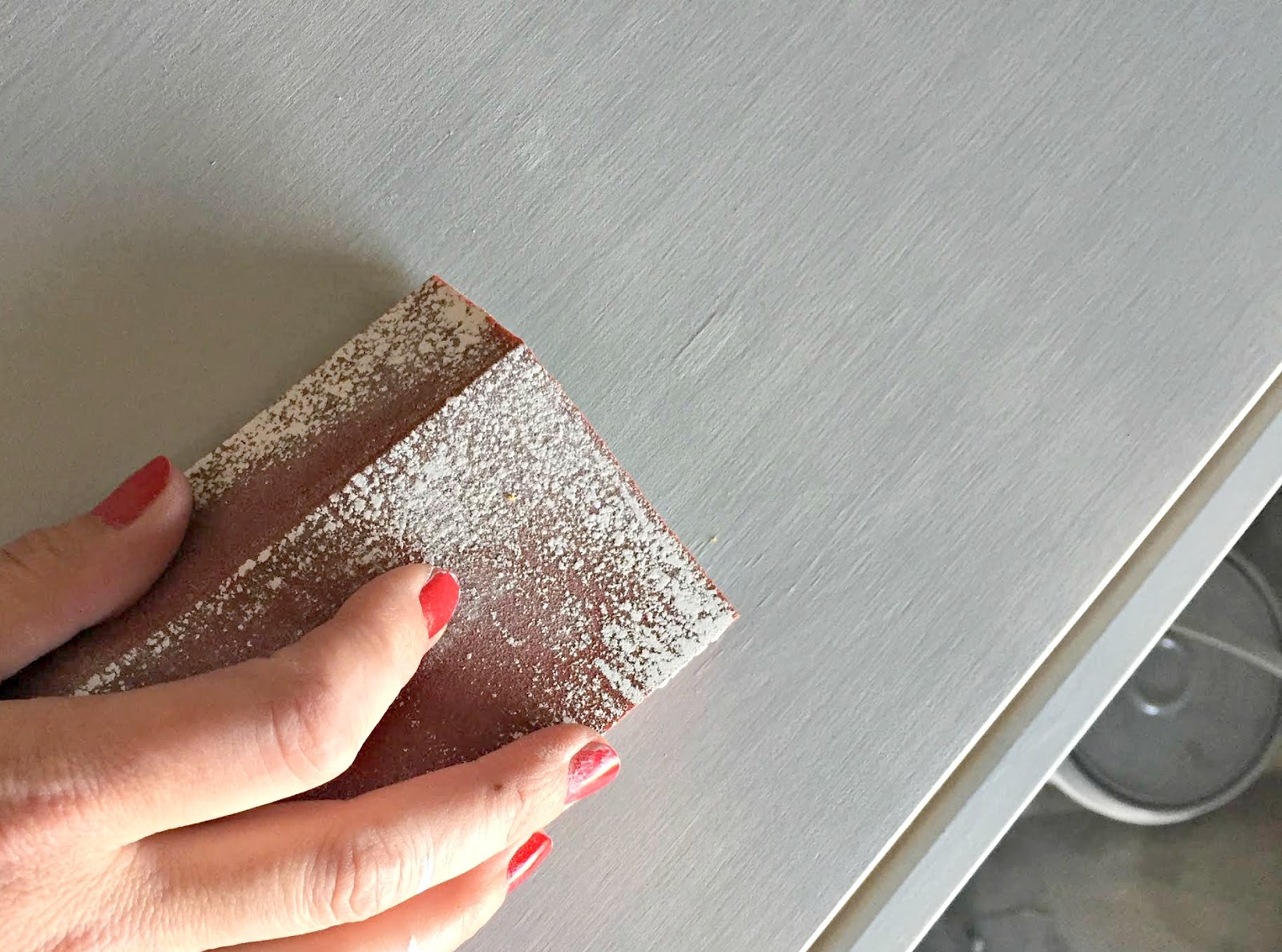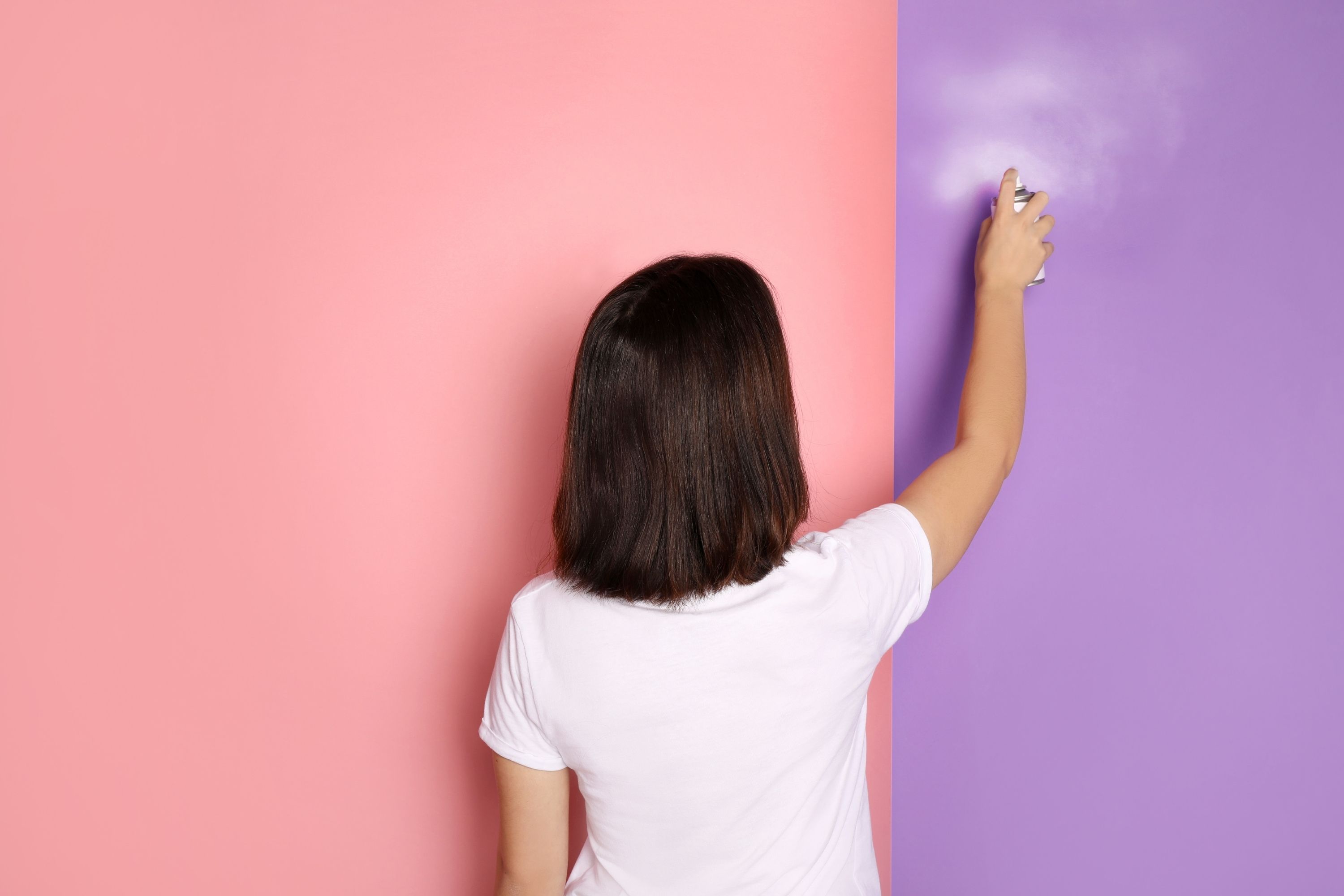Get the latest information about How Long To Wait To Sand Between Paint Coats in this article, hopefully providing better understanding for you.

How Long to Wait to Sand Between Paint Coats: A Comprehensive Guide
As a seasoned DIY enthusiast, I’ve encountered countless projects that required meticulous attention to detail. One such task that can make or break the final finish is sanding between paint coats. Determined to unravel the complexities of this technique, I embarked on a journey of research and experimentation, uncovering the secrets behind achieving a professional-grade, long-lasting paint finish. In this comprehensive guide, I’ll share my hard-earned knowledge on how long to wait to sand between paint coats, its importance, and expert tips to ensure flawless results.
Painting Perfection: The Art of Patience
Patience is an essential virtue in the world of painting, especially when sanding between coats. This crucial step allows the previous coat of paint to cure properly, creating a smooth, even surface for the next coat to adhere to. Rushing the process can result in unevenness, peeling, and an overall compromised finish that will require more work in the long run. Understanding the ideal waiting time is paramount for achieving a pristine paint job that will endure the test of time.
The Science of Sanding Between Paint Coats
Sanding between paint coats is a delicate balance between allowing the paint to dry sufficiently while preventing over-sanding. When paint is applied, the solvents evaporate, leaving behind a film of solid paint particles. This film needs time to cure, during which it undergoes chemical reactions to form a durable bond with the surface. Sanding too soon can disrupt this curing process, weakening the adhesion and compromising the longevity of the finish.
Over-sanding, on the other hand, can remove too much paint, resulting in a thin, uneven surface. This can lead to color inconsistencies, increased paint absorption, and a diminished protective layer against moisture and wear. Striking the right balance is essential to ensure a flawless finish that will stand the test of time.
Golden Rule: Wait 24 Hours
As a general rule of thumb, it’s recommended to wait at least 24 hours between sanding paint coats. This allows ample time for the paint to cure fully, providing a stable base for the next coat. However, factors such as temperature, humidity, and paint type can influence the drying time. Always refer to the manufacturer’s instructions for specific guidelines on drying time before sanding.
Variations in Drying Time
Understanding the factors that affect drying time is crucial for determining the optimal waiting period between sanding paint coats. Here are some key considerations:
- Temperature: Higher temperatures accelerate the evaporation of solvents, resulting in faster drying times.
- Humidity: High humidity can slow down the drying process as moisture in the air inhibits solvent evaporation.
- Paint Type: Different paint types have varying drying times. Oil-based paints typically take longer to dry than water-based paints.
Expert Tips for Sanding Success
To ensure a flawless sanding experience, follow these expert tips:
- Use the Right Grit: Start with a coarse-grit sandpaper (80-100) for removing imperfections and smoothing the surface. Gradually move to finer grits (120-220) for a finer finish.
- Sand in the Direction of the Grain: Sanding in the direction of the grain prevents cross-grain scratches, ensuring a smoother surface.
- Avoid Over-Sanding: Use light pressure and avoid sanding too vigorously to prevent removing excessive paint.
- Vacuum the Surface: Remove dust and debris before applying the next coat of paint to ensure proper adhesion.
Frequently Asked Questions (FAQs)
Q: Can I sand paint the same day I apply it?
A: It’s not recommended to sand paint on the same day it’s applied. Allow at least 24 hours for the paint to cure properly before sanding.
Q: How do I know when paint is dry enough to sand?
A: Gently touch the paint surface with your finger. If no paint comes off and it feels firm, it’s likely dry enough to sand.
Q: Can I use a power sander to sand paint?
A: Yes, you can use a power sander, but be cautious not to apply too much pressure and damage the paint surface.
Conclusion
Sanding between paint coats is an essential step for achieving a professional-grade, long-lasting finish. By adhering to the recommended waiting time and following the expert tips outlined in this guide, you can ensure that your paint projects turn out flawless and stand the test of time. Remember, patience is key when it comes to painting. Allow each coat to dry thoroughly before sanding to create a durable, beautiful surface that will enhance the aesthetic of your home or project.
Are you interested in learning more about painting techniques? Visit our website for additional resources and expert advice on all aspects of painting, from choosing the right colors to applying the perfect finish.

Image: mightypaint.com
An article about How Long To Wait To Sand Between Paint Coats has been read by you. Thank you for visiting our website, and we hope this article is beneficial.